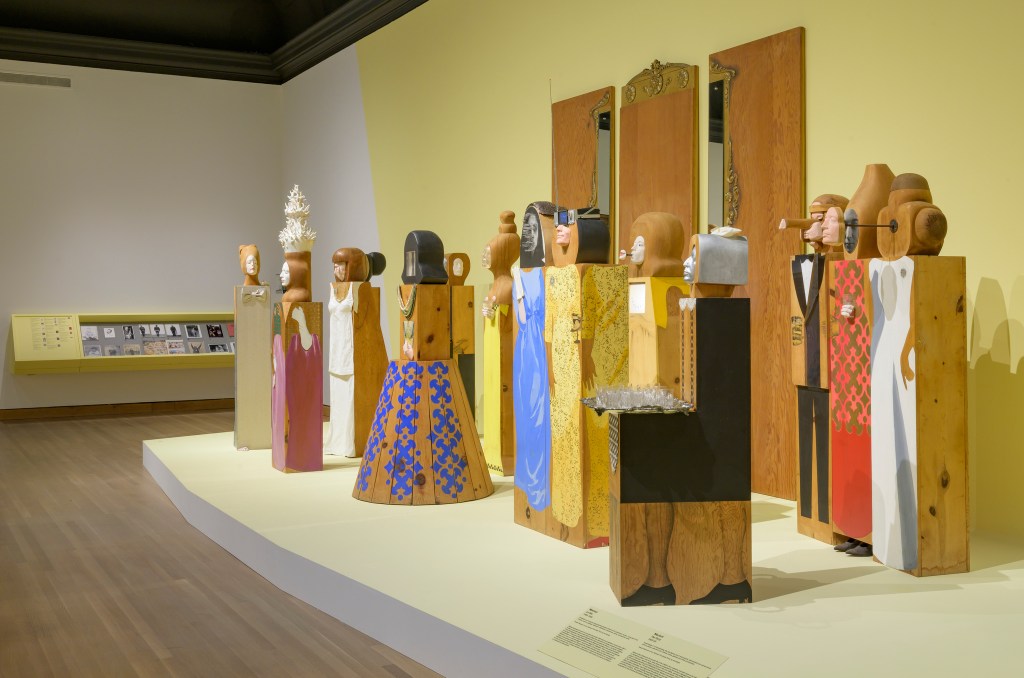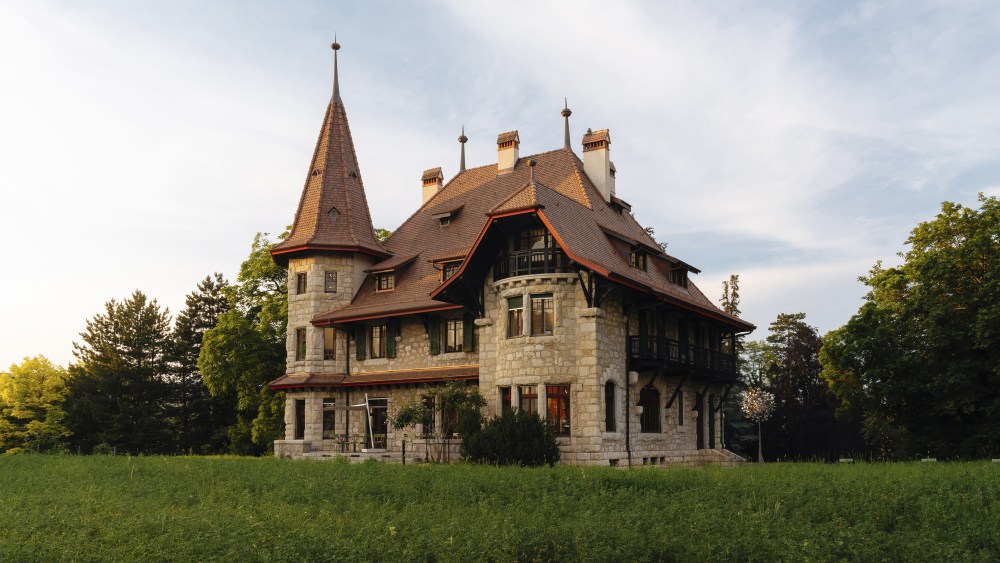TORONTO — Timing is everything in life.
No truer words could ever capture the rise to stardom and fall into obscurity of Marisol Escobar, the Paris-born, Venezuelan American artist who was once widely known to the world simply as “Marisol.”
Now, after decades of being almost forgotten, Marisol — the once lauded Pop Art artist of New York’s art scene in the ’60s — is again being given the spotlight in “Marisol: A Retrospective,” a traveling show launching Saturday at the Montreal Museum of Fine Arts.
Best known for her whimsical, totemic, mixed-media sculptures, the woman with the glossy black hair, high cheekbones and soulful dark eyes became famous for the edgy works she fashioned from wood and found objects, which satirized the New York social elite among whom she freely circulated.
She also used these playful works tinged with the flavor of Abstract Expressionism and pre-Columbian grandeur to lampoon the outdated social stereotypes of her day, along with female inequality, violence and war.
That daring, combined with her undeniably mysterious aura, landed this “Latin Garbo,” as she was dubbed, onto the pages of Vogue, Harper’s Bazaar and Life at the height of her career.
Even Andy Warhol — Pop Art’s ultimate icon — was intrigued enough by her to include Marisol in several of his films, calling her the most glamorous female artist of the day. But Warhol also was keenly aware of Marisol’s numerous showings in New York’s museums and galleries, including the influential Leo Castelli Gallery alongside such artists as Jasper Johns and Robert Rauschenberg in 1957, and at the Museum of Modern Art in 1961.
“At one time Marisol was as celebrated as Warhol, if not more so, and had as many as 2,000 people standing in line to see her shows in New York in 1962, 1964 and 1967,” says Marisol curator Cathleen Chaffee, who is also the Charles Balbach chief curator of the Buffalo AKG Art Museum, to which Marisol bequeathed much of collection of works upon her death in 2016 at age 85.
“Marisol bridged many worlds, including that of fashion and art. But her most popular works were done in the 1950s and ’60s. Her later works were harder to sell,” Chaffee says.
Why that happened had as much to do with the evolution of the art world as well as Marisol’s knack for leaving New York just as she hit new career highs to explore the globe.
“Marisol’s work was radical, visionary and pertinent. But with time it became under tended to in terms of scholarship and exhibitions. Why that happened was a combination of Marisol leaving at the most successful moments of her career and her bold choice to move in a direction that the public and critics did not understand,” says Montreal Museum of Fine Arts chief curator Mary-Dailey Desmarais, who also curates the Montreal presentation of “Marisol: A Retrospective.”

The traveling Montreal show brings together 250 works and documents that offer up the fullest picture to date of Marisol’s life, work and legacy.
Moving both thematically and chronologically through her six-decade career, this “technical feat to pull off,” as Desmarais describes it, takes viewers through Marisol’s early work, her best-known sculptures of the ’60s and pieces that were more politically charged from the ’70s and beyond.
The retrospective also explores Marisol’s collaborations with American modern dancer and choreographer Martha Graham and others, along with public monument commissions that she created.
Indeed, one of the most iconic works included in the show is “The Party” (1965-1966), a towering assemblage of 15 life-size, freestanding figures that all bear Marisol’s features in one way or another.

“This fantastic piece looks at New York’s high society at a party on the Upper East Side. These were the kinds of parties Marisol went to,” Chaffee says. “Some of the figures carved in wood are painted. Some have photos or drawings on them. But when you see these sculptures there is a sense of being alone in a crowd. That makes a strong social commentary.”
Other key pieces include “Baby Girl” (1963) and “Baby Boy” (1962-1963), two sculptures that provocatively address the Cold War concerns of that era, plus the pressures of femininity and motherhood.
“Marisol was always being asked why she never married and why she never had kids,” Desmarais says. “These two oversize sculptures of babies were, in part, a response to society’s expectation that women have children. But more than that, Marisol takes something that seems so cute and makes it monstrous.
“Remember, this was the era of horror films like ‘The Day the Earth Stood Still.’ Marisol takes that trend to a different end here and uses it to explore U.S. imperialism with these monstrously overwhelming giants.”
Upon its closing in Montreal on Jan. 21, the exhibition will travel to the Toledo Museum of Art; the Buffalo AKG Art Museum, and finally the Dallas Museum of Art.
“For many viewers this show will be a revelation, particularly in terms of just how famous Marisol was at one time. But people will be entering into a completely singular artistic universe here,” says Desmarais. “Marisol’s work was iconic, relevant and forward-looking. But she lets you fill in the details, particularly with her sculptures. That’s the hallmark of a great artist.”



